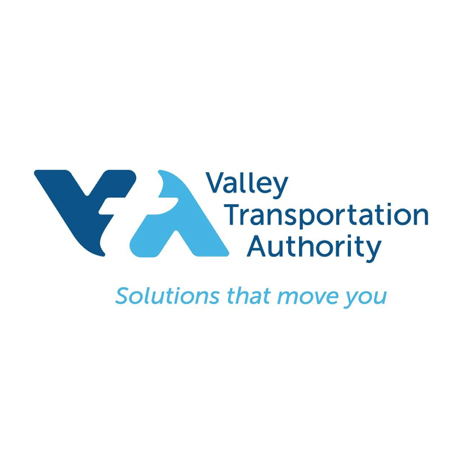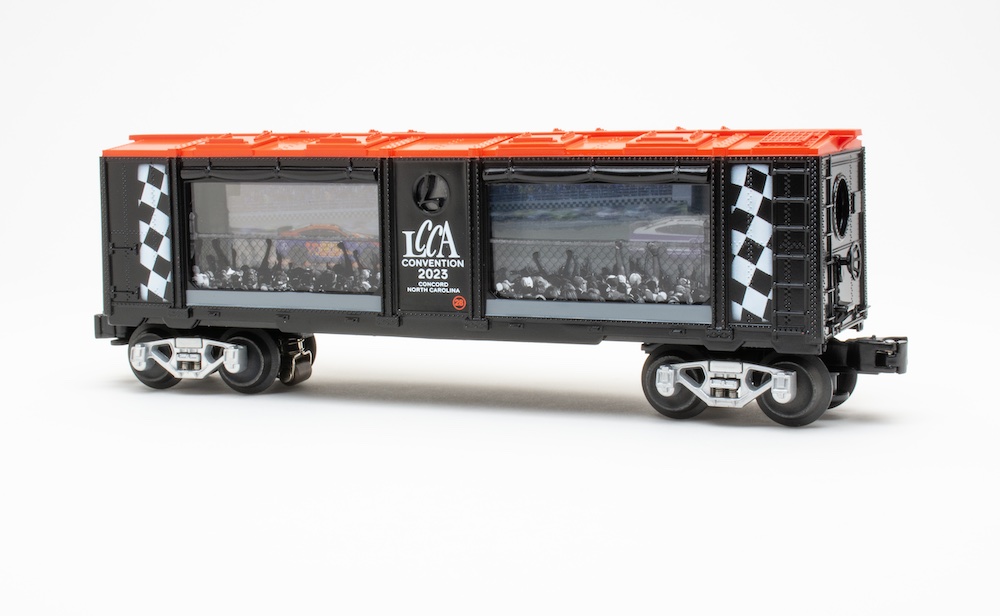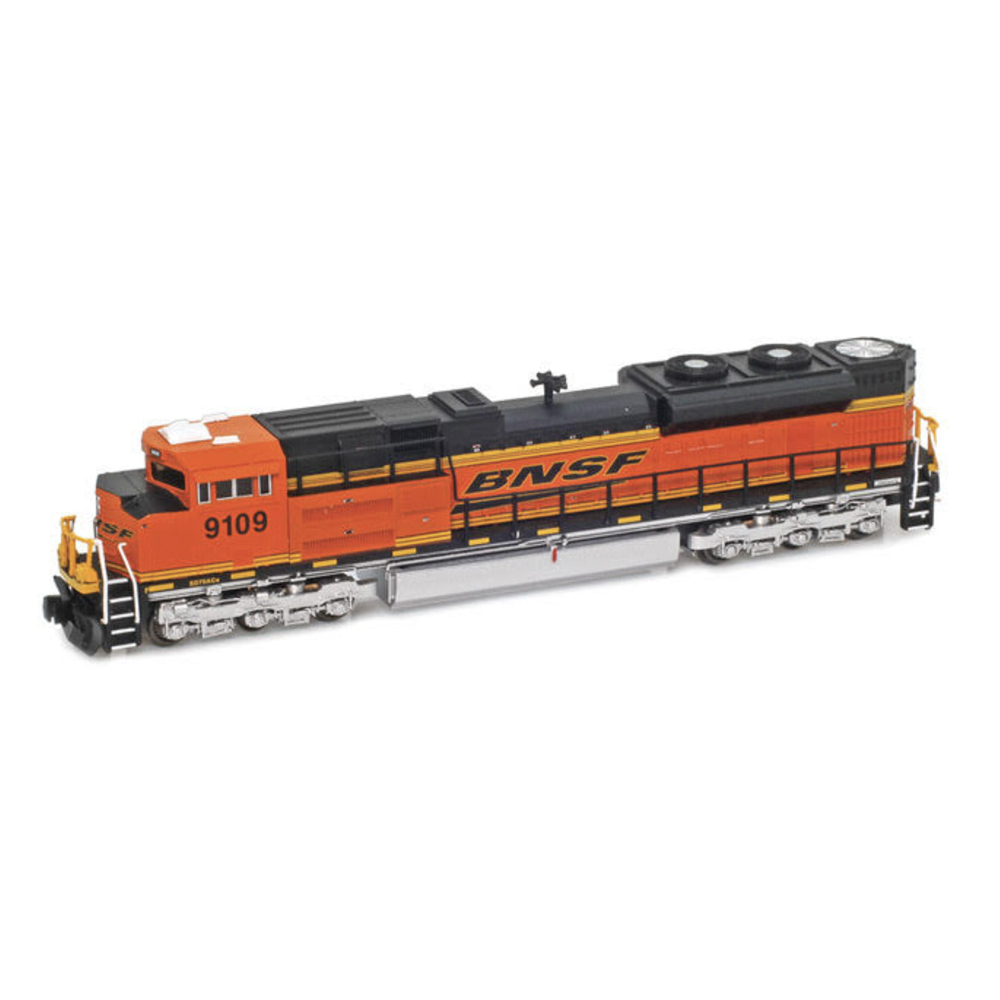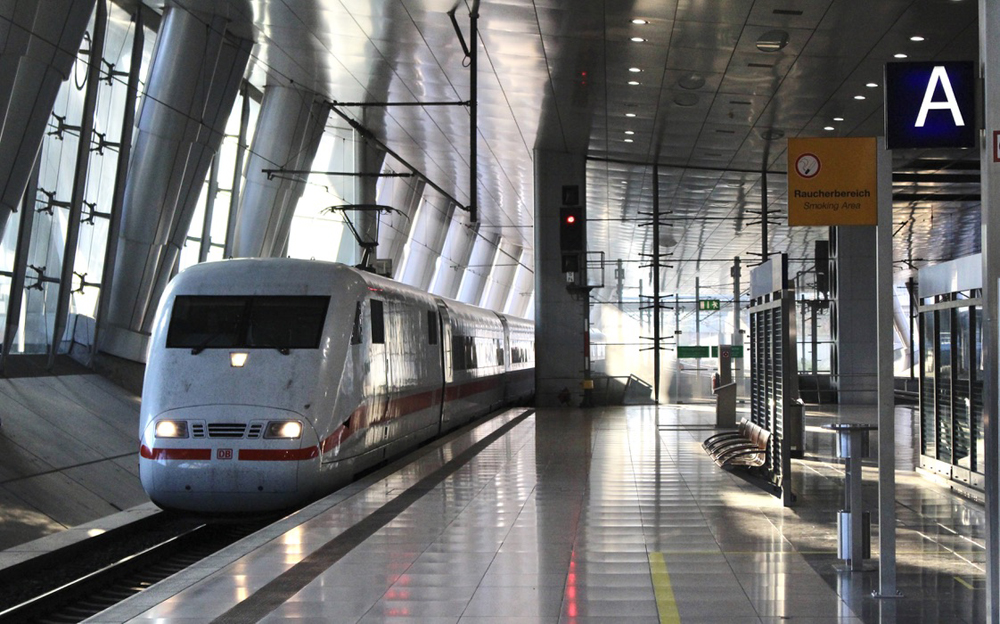The railroad will spend about $1.6 billion this year to maintain its network and embark on a handful of modest intermodal terminal expansion projects, down from $2.7 billion in 2016 — about a 40-percent decline.
CSX has created capacity across its system by moving tonnage on fewer, longer trains and by operating a more fluid network as trains move faster and cars spend less time in yards. It also has stored locomotives and freight cars.
As a result, the railroad could bring on 20 to 30 percent more traffic before needing to spend on additional capacity, Foote told an investor conference this week.
“Obviously I’d love to have 20 percent growth and be in a position where I had to add capacity,” Foote says. “But that’s not on the table right now.”
Last year CSX was the lone Class I railroad to not have 4 percent growth in volume. Its traffic grew 1.5 percent, mostly due to the impact of the ongoing pruning of the railroad’s overly complicated intermodal network.
Foote says CSX’s intermodal rationalization — which took 7 percent of volume off the railroad in 2017, another 7 percent in 2018, and 3 percent this year — will ultimately improve the quality of service and the profitability of each container and trailer carried.
The goal, Foote says, is to get intermodal profitability up to the middle of the pack of all commodities that CSX hauls.
CSX intermodal volume was up in 2018 despite the demise of the railroad’s hub-and-spoke intermodal strategy in 2017 and further lane closures during 2018, Foote notes.
So far this year CSX’s intermodal volume is down 3.6 percent, according to the latest Association of American Railroads data. But it’s growing when the impact of the rationalization is factored in.
“People are coming to our new and improved service product,” Foote says, including customers whose lanes were curtailed under the rationalization program.
The point-to-point network is more reliable and more truck competitive for customers such as J.B. Hunt and Schneider, Foote says.
The railroad’s goal is high 90-percent on-time performance for intermodal loads, measured from the time they arrive at the gate to the time they are available at the destination terminal.
CSX has a big future in intermodal, Foote says, but carloads also figure into CSX’s growth plans.
Eastern rival Norfolk Southern’s embrace of Precision Scheduled Railroading doesn’t matter at CSX headquarters in Jacksonville.
“We know our prime competitor is truck,” Foote says.
To win back business that migrated to highways over the years, railroads will have to improve service reliability.
“Railroads for a long time, not only individually but collectively, have not served the needs of the customers very well and that’s why all the traffic migrated to the trucks,” Foote says. “We need to individually and collectively prove to the customers that we are the option they should go to when they need transportation service. And that’s going to take time.”
Foote spoke at the Barclays Industrial Select Conference on Thursday.















As capacity is precisely-matched to the railroad’s new, lower throughput, it becomes ever more unmatched to future transportation needs, and unlikely to ever catch-up. An industry slowly fading into oblivion.
This is what the nation gets with deregulation of the transportation sector. Mostly everything thing other than bulk goes by truck. What are our policy makers doing, absolutely nothing. The railroads are stripping there assets to the detriment of the countrg but not Wall Street.
Capex should go down when you reclassify large parts of your network as for sale and non-core. Therefore you would only spend capital on your new core, which is smaller than the old core.
The moniker “land barge” is fairly close to the mark. Faster than a water barge, but slower than the concrete barge called a truck.
Why not cut all your capital expenditures CSX? You’re going to sell off the railroad and don’t care about customers and service (They only create problems). Harrison’s legacy will be the destruction of CSX.
I’m wondering what was the point of CSX picking up the bigger half of Conrail, as CSX doesn’t seem the least interested in running a railroad.
Think of what sort of transformation CSX could accomplish if it wasn’t spending $10B on share buy backs…
One needs only to drive on interstates 95, 81, 75, 65 or 90, 80, 70, 66, 40 or 10 to realize how much freight CSX (and NS, for that matter) willingly forego with their “land barge” PSR concept of railroading.
There is a huge economic and environmental cost shifted to the public by lightly regulated railroads and poor transportation policies. Privatized profits, socialized costs.
Well you drove off almost 40% of your traffic. Just look at your empty yards and decrease in train frequency. Yea you have capacity.
But cutting spending, you will cause train speed to eventually decrease. Wit was class 5 track will shortly become class 4 shortly. With a couple of years of this it will class 3.
We saw this in the 60’s & 70’s. Look at all the abandonment that went on. Half of the Milwaukee Road & Rock Island went when they went into bankruptcy. More than half of ICG went not to mention what was lost making Conrail then its slimming down.
Give it a few years and nobody will recognize what’s left of CSX.
It would be interesting to know where the surplus cash is going that is not being spent on maintenance. Stock repurchases perhaps? Guess we’ll have to await the annual report to find out and then hope the thing is presented in an intelligible way. Any chance any of it could be directed toward directed toward eliminating the Chicago rubber tire transfer? Rationalizing the Baltimore tunnel?
Tis a never ending wheel of recycled ideas we are stuck in with CSX. Stuck in a wheel rut I feel. CSX used to be good in my eyes, and it seems as if they are going backwards in their “progress report”.
i can’t wait to have some industrious accountant publish the depreciated book value of CSX tangible assets versus the current stock price, net of debt. The run-up in the stock price must represent something tangible.
Hypothetical question: would the current regime invest in the Ohio River bridge at Cincinnati if it didn’t exist? More to the point, will the company adequately maintain the 100 year old bridge that does exist?
Where have we seen this before????
These are the comments you can expect in an open forum where the uninformed are on equal footing as the informed.
Slash-and-burn. They do this in the Amazon rainforest. Great productivity for 2 years. Then they move on to another virgin timber stand after 5 years, leaving a desert.
From January 16, The Street: “The company said its board had authorized a new $5 billion share buyback program following early completion of a previous $5 billion buyback program.”
This is beyond sick… Foote & company are a bunch of asset strippers. Stuffing their pockets with in-the-money stock options.
We need re-regulation. Maybe with a new administration in 2020, we’ll see that. Just as Matt Rose predicts.
Bill,
I see what you mean, they got rid of one type of service and made up for it with another type of service both of which involved intermodal equipment. Thanks for the explanation.
Pretty arrogant Mr. Foote to say your prime competitor is trucking shows that you’re clueless about competition. There’s no longer competition between RR’s and trucking, and hasn’t been for decades..The Class 1’s for the most part have relegated yourselves to fractional carriers of freight. Trucking commands over a 70% share of intercity freight, and 9x the tonnage that the RR’s carry. Trucking has blown you CSX and others out of the water. So there is no competition.. If the RR’s handled roughly half of the tonnage trucking carries then yes, that would be competition.. For now that’s nowhere in sight. Now NS is your prime competition and here’s why…For many moons NS ran circles around you CSX.. Carload, intermodal, coal loadings, and service. With a statement like that. If NS makes “PSR” into something positive (……..). They’ll start running circles around you again. You already lost intermodal traffic to NS that you won’t recover. Choose your statements wisely…..
Charles, when CSX got rid of the lower-volume intermodal lanes served through its hub-and-spoke strategy, that lost volume was replaced by longer-haul, point-to-point traffic. The gains offset the losses, so overall volume increased. Make sense
Can someone explain what Foote means when in paragraph 7 it is stated that their intermodal rationalization removed 7% of volume in 2017 and another 7% of volume in 2018; but then in paragraph 9 he states that CSX’s intermodal volume was up in 2018?